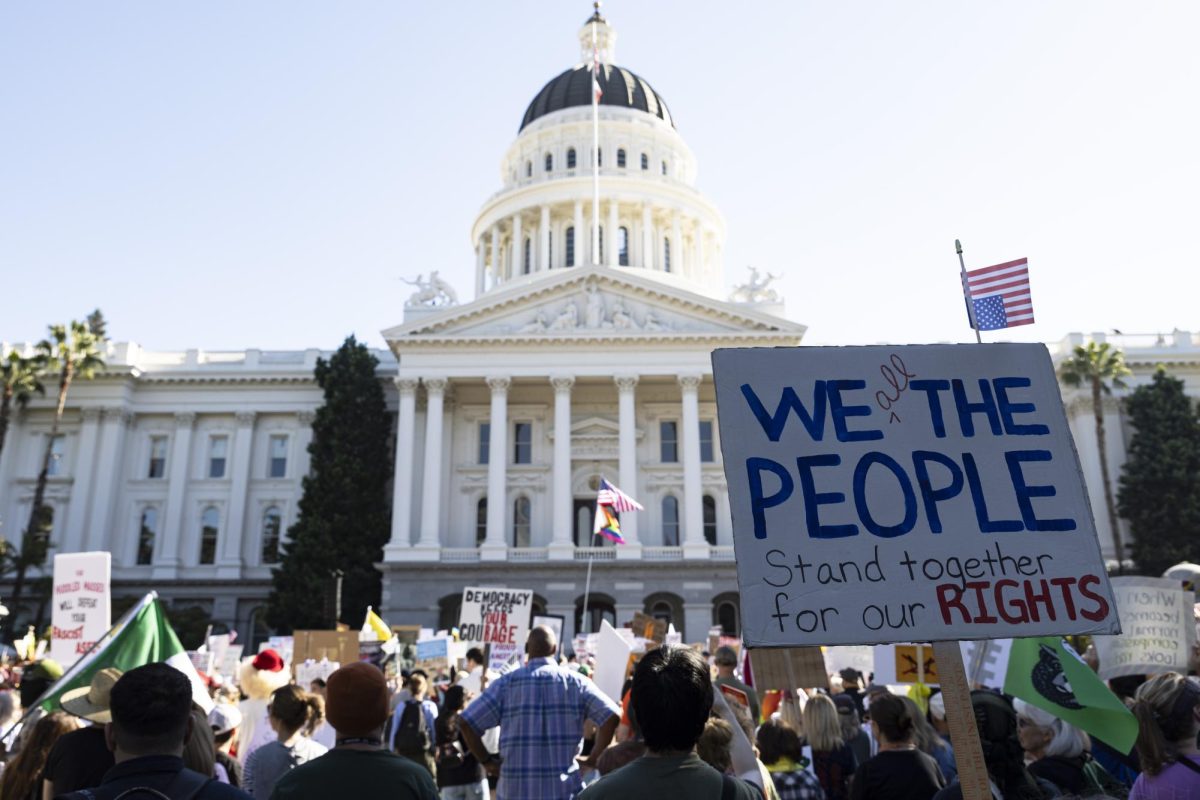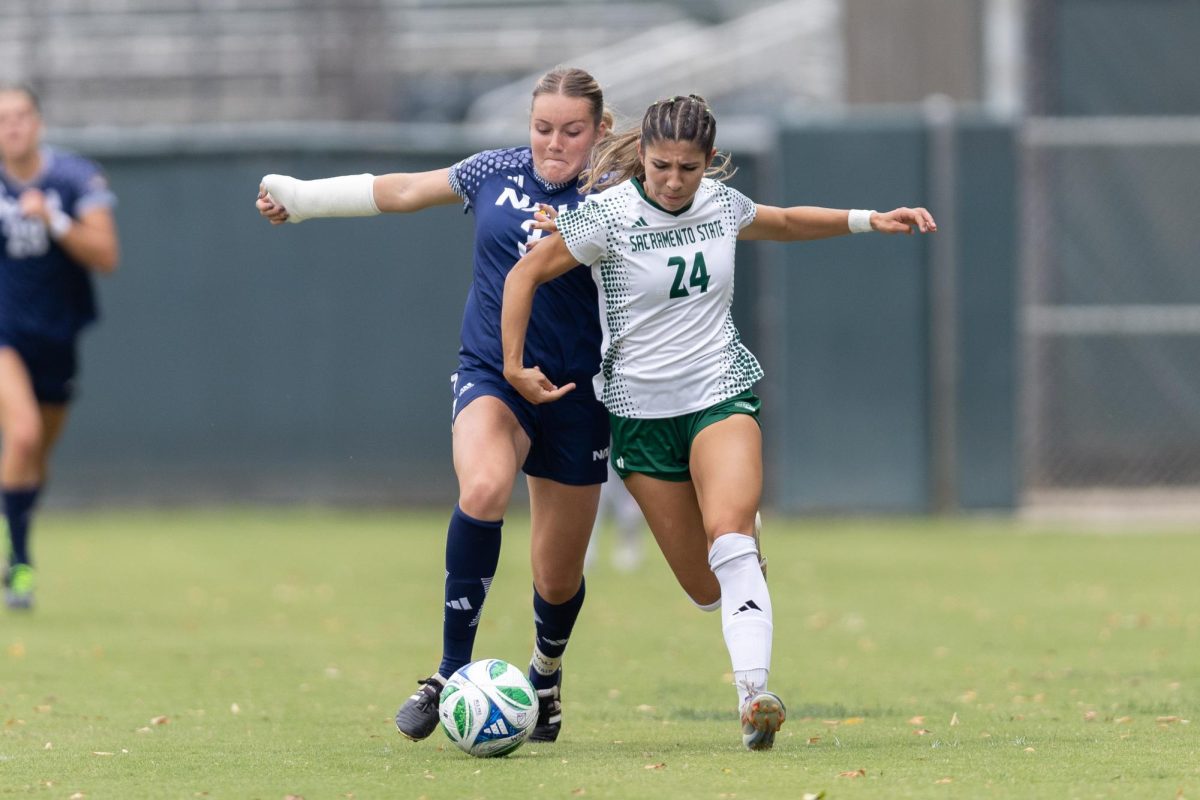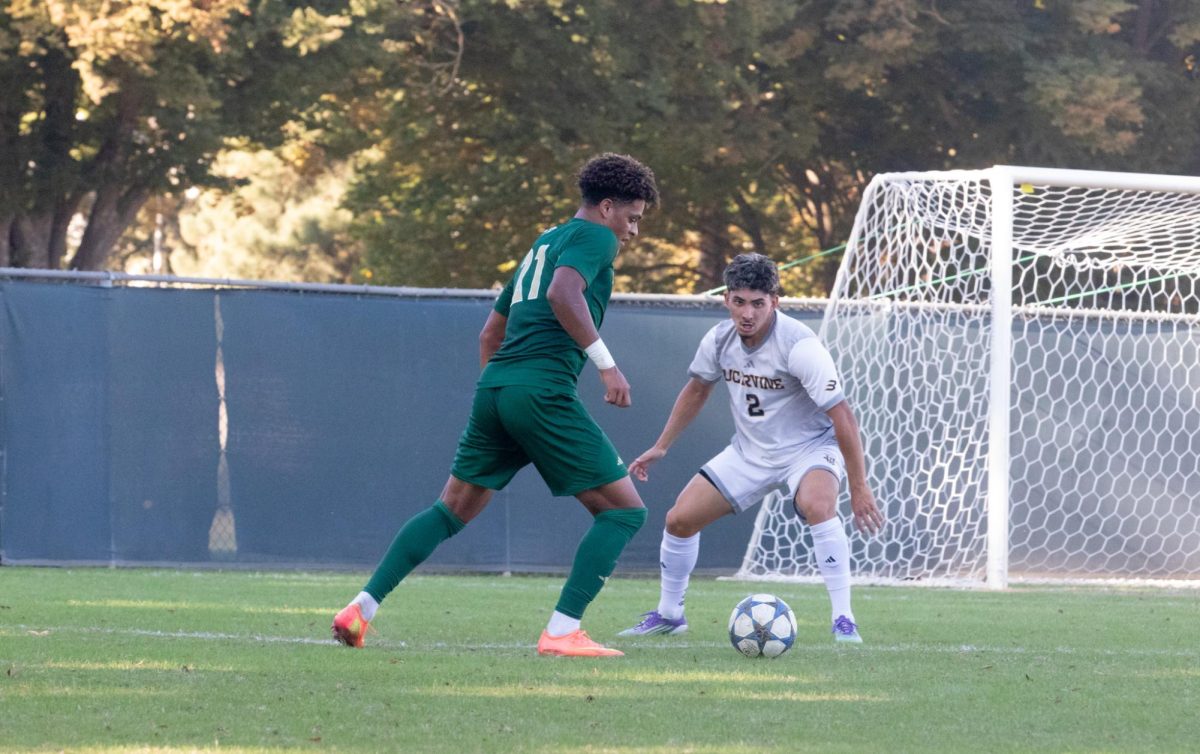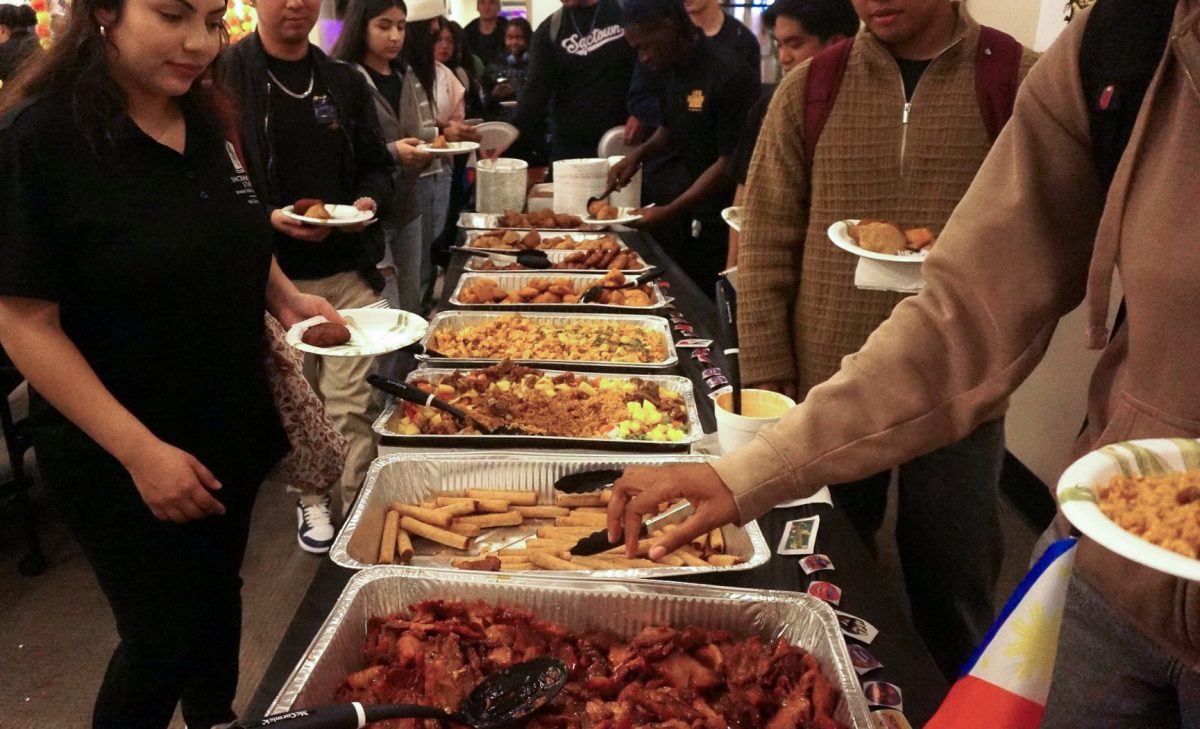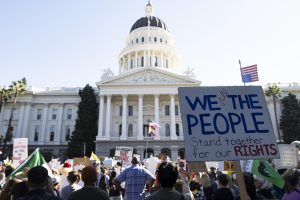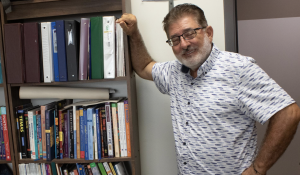Multicultural conference talks immigration
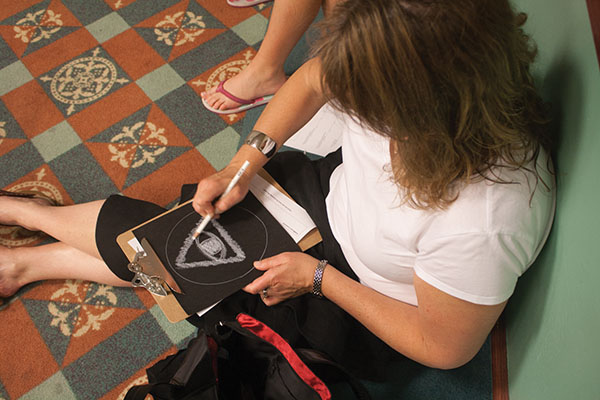
Multicultural conference talks immigration :Jenni Murphy, student and administrator, participates in session by Deborah Baker on Mandala Art for Creative Experience. Here she draws the ‘third eye,’ symbolic of wisdom, during the Multicultiral Education Conference in the University Union.:Rachel Lotz – State Hornet
November 7, 2010
Immigration policy’s impact on education was one of the main topics at the Multi-Cultural Center’s 17th annual Multicultural Education Conference for approximately 440 attendees at Sacramento State on Saturday.
Eugene Garcia, vice president for education partnership at Arizona State University and keynote speaker to the conference, spoke specifically about Arizona’s immigrant policy and said 70 percent of Latinos in Arizona are U.S. citizens while only 30 percent are undocumented.
Over the last 25 to 30 years there has been an increase in immigrants, a change in the culture, language and demographics, Garcia said.
“When we talk about immigrants, we are talking about citizens,” Garcia said.
Garcia explored the negative assumptions surrounding immigrants such as the beliefs that immigrants cause an increase in crime, drive employment down, lower achievement numbers in public schools and do not want to learn English.
Garcia said during heights of immigration, crime in Arizona has decreased and employment has increased. When studies exclude immigrants in the examination of school achievement rates, Arizona’s educational system is in the bottom 11 percent.
He said when policies, such as Arizona’s Senate Bill 1070, are based off of assumptions, they need to be examined because they are created from myths.
SB 1070 says if an officer of the state thinks you’re not a citizen, the officer can ask for your U.S. citizen documentation, Garcia said.
One assumption is that immigrants are pushing ethnic studies in high schools so these programs receive limited government funding, Garcia said.
“If you’re an immigrant and you hear this stuff, you begin to lose respect. “Maybe they’re right. I shouldn’t be here,'” he said.
In addition to loosing respect toward oneself, Garcia said within the last couple years, he has seen a decrease in respect toward those who are thought to be immigrants.
He said when he goes out, it takes longer to be waited on because he is Latino.
“Because I am Latino, they think I’m an immigrant,” Garcia said.
Ashley Johnson, senior child development major, said while she knew somewhat what was going on in Arizona, Garcia’s speech informed her of the struggles and reality immigrants face.
“This won’t stop in Arizona,” Garcia said. “22 states have come to Arizona to pattern their own laws like Arizona.”
Following Garcia’s speech, participants attended the 30, one-hour breakout sessions hosted by 47 presenters throughout the day.
Students could choose which breakout session they wanted to attend based on their own interests. The breakout sessions covered of topics such as becoming a bilingual and multicultural teacher at the elementary or secondary level and exploring immigration, bilingual and multicultural education laws affecting citizens and non-citizens.
Deborah Bruns, region three Service Learning Network coordinator for Yolo County office of education, taught attendees about public policy and how to engage students in public policy.
Bruns gave an example of how a group of second graders did not have enough sport equipment so they implemented their own policy, which instructed the parent teacher association to buy more equipment.
In another session, Stephanie Biagetti, a creative arts facilitator, informed her group about the importance of mandalas, which are pieces of art that depict areas of life.
She said mandalas help kids develop an understanding of their environment, express their creative side and create compassion.
“(I would) implement creating mandalas to empty the mind,” Johnson said, who wants to be an elementary school teacher.
Karina Figueroa, bilingual and multicultural education masters student, said the conference was inspirational because people are coming together to close the achievement gap and for social justice.
Michelle Curtis can be reached at [email protected]




